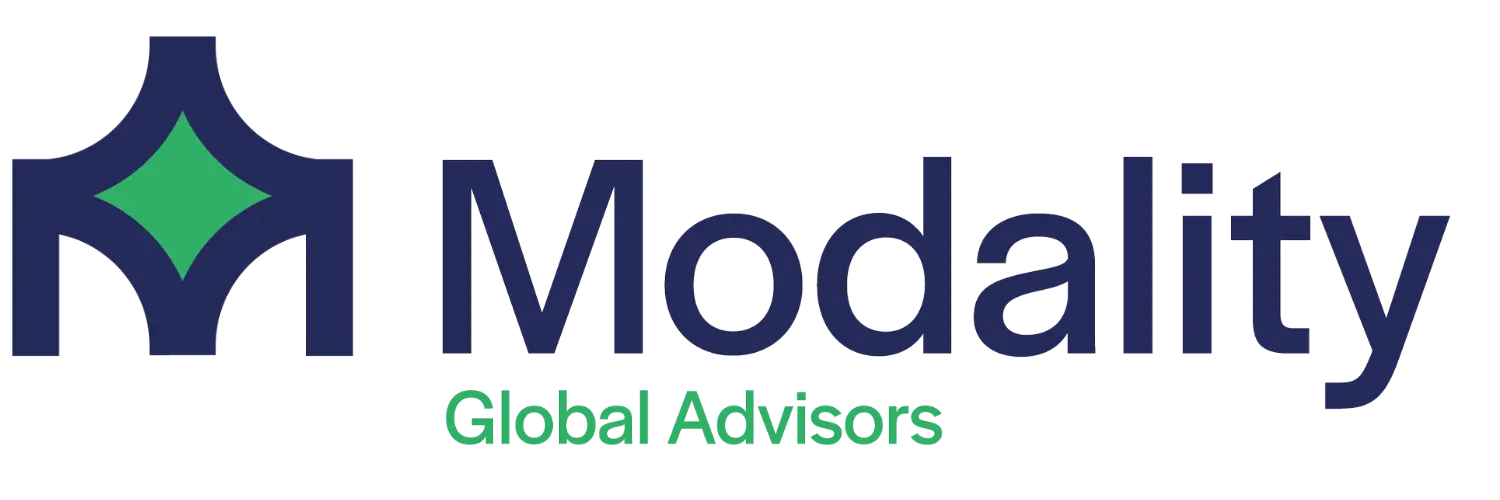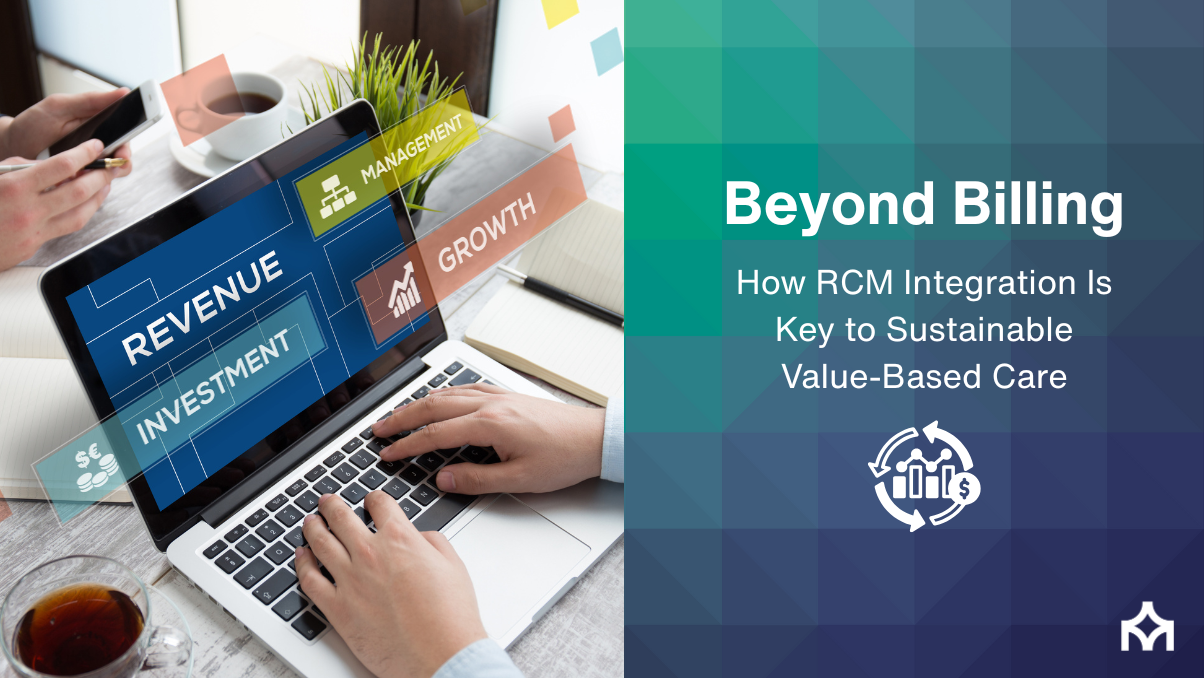The Intersection of Cybersecurity and Patient Privacy: Protecting Healthcare Data in a Digital Age
Healthcare Cybersecurity in a Hyper-Connected Era: From Vulnerable to Vigilant
Telemedicine, AI-assisted diagnostics, and ubiquitous EHRs have unlocked enormous value—but they’ve also widened the attack surface. Because medical records are permanent, rich with identity data, and lucrative on the black market, healthcare has become a prime target. Protecting patient data is now a clinical, financial, and ethical imperative.
• Healthcare breaches surged ~55% in 2023.
• $10.93M average cost per incident—nearly double cross-industry averages.
• >90% of organizations report at least one cybersecurity event in the past year.
Why Healthcare Is Uniquely Exposed
Unlike credit cards, clinical data cannot simply be “reissued.” Long-lived identifiers (SSNs, MRNs), care directives, and insurer details make PHI a persistent asset for criminals—and a persistent liability for providers. Integrity attacks that alter meds, allergies, or problem lists can directly endanger care.
Common Attack Vectors
- Ransomware: Encrypts EHR/PACS and halts care operations; double-extortion threatens data leaks.
- Phishing & business email compromise: Credential theft enables EHR/portal access and lateral movement.
- Insider risk: Accidental disclosures, snooping, or data exfiltration from over-privileged accounts.
- Third-party exploits: Vendor/VPN and medical IoT/OT (infusion pumps, imaging, monitors) with weak controls.
Defense-in-Depth for Healthcare: What “Good” Looks Like
| Capability | What to Implement | Why it Matters |
|---|---|---|
| Zero-Trust Access | MFA everywhere, least-privilege RBAC, privileged access mgmt (PAM) | Neutralizes stolen credentials; limits blast radius |
| Data Security | AES-256 at rest, TLS 1.2+ in transit, DLP, tokenization, immutable backups (3-2-1) | Protects PHI and enables clean recovery from ransomware |
| Network Segmentation | Micro-segmented VLANs; isolate IoMT/OT; deny-by-default east-west traffic | Contains intrusions; shields clinical devices |
| Threat Detection & Response | EDR/XDR, SIEM + 24×7 SOC, UEBA, honeypots; tested IR runbooks | Shrinks dwell time; speeds coordinated response |
| Secure SDLC & Patch | SBOMs, vulnerability mgmt (SLA-based), rapid patching for internet-facing apps | Closes known exploits before weaponization |
| People & Process | Role-based training, phishing drills, HIPAA/GDPR compliance mapping, tabletop exercises | Reduces human error; ensures regulatory readiness |
Best Practices You Can Start Now
- Encrypt everything: PHI at rest and in transit; rotate keys; segment backups offline/immutable.
- MFA + SSO: Enforce strong auth for EHR, email, VPN, admin tools; monitor impossible travel and brute-force patterns.
- Continuous monitoring: Centralize logs; alert on anomalous access, mass file changes, and data egress.
- Harden endpoints: EDR on workstations/servers; application allow-listing; disable macros by default.
- Third-party governance: Security questionnaires, contract clauses, and network segmentation for vendors.
- IR readiness: Named incident commander, legal/comms playbooks, 24×7 contacts, and quarterly tabletops.
- Compliance by design: Map controls to HIPAA, HITECH, and (where relevant) GDPR; maintain audit trails.
Rapid Self-Assessment (10-Point Checklist)
- MFA enforced for EHR, email, VPN, and privileged accounts
- PHI encryption at rest/in transit + key rotation policy
- Immutable/offline backups tested for bare-metal restore
- 24×7 monitoring (SIEM + EDR/XDR) with defined SLAs
- Network segmentation for IoMT/OT and vendors
- Quarterly phishing simulations and role-based training
- Documented, tested incident response & ransomware playbook
- Vendor risk assessments and data-sharing minimization
- Patch SLAs for internet-facing systems (<14 days critical)
- HIPAA/GDPR control mapping with evidence for audits
• Cyber risk assessments & zero-trust roadmaps • 24×7 detection/response design • Vendor governance frameworks
• HIPAA/HITECH/GDPR compliance alignment • Incident response tabletop facilitation • Workforce training & change mgmt
Schedule a Healthcare Cyber Readiness Review with MGA
Disclaimer: Security outcomes vary by environment and control maturity. The practices above support—do not replace—your legal and compliance obligations.






